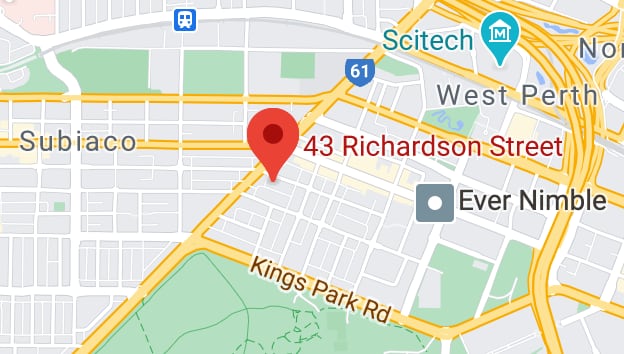Menstrual Disorders in Adolescents
When you're an adolescent you have a menstrual disorder when you don't have your period by the age of 16, when you have irregular periods, or abnormally heavy periods or when you bleed in between periods.
Menstrual Disorders Treatment
Menstrual Disorders can often be treated. Learn more about treatment options here.
Read more
What is Premature Ovarian Insufficiency?
If your ovaries aren't functioning properly, you could be suffering from premature ovarian insufficiency. Learn more using the link below.
Read more
Hormonal Management
Sometimes hormonal management is used to treat Menstrual Disorders. Use the link to learn more.
Read More
Menstrual Disorders that affect Adolescents
Amenorrhea or absent menstruation
Amenorrhea can be either primary or secondary.
- Primary amenorrhea is defined as either the lack of menstruation by the age of 16 with otherwise normal pubertal development or by the lack of secondary sexual characteristics by the age of 13.
- Secondary amenorrhea is defined as the lack of menses for 6 months.
Irregular bleeding
It is quite common for some girls to have irregular periods during their first year of menstruation. However, it is not normal if you miss your period for 3 to 5 months in a row, especially if you have had a period regularly for some months before that. If you stop bleeding for 3 to 5 months in a row, you should see a specialist. It could be a sign of premature ovarian failure; that is a condition that fully develops in a women's 40s. There are many outside influences that can cause irregular periods such as medication. significant weight gain or los, poor nutrition, drug use, eating disorders and stress.
Call us to make an appointment: 08 9388 7780
Abnormally heavy periods
A normal period is a blood loss between 30 and 40 ml (six to eight teaspoons) per month. A heavy period is a blood loss of 80 ml or more. Because many adolescents have slight hormone imbalances during puberty, lots of teen girls have heavy periods. But in some cases, heavy menstrual bleeding can be caused by problems such as: fibroids (benign growths) or polyps in the uterus.
Bleeding in between periods
When you're bleeding between normal periods, there are many possible causes. It's important to see a specialist for testing and treatment options. Potential causes may be a growth in the uterus (fibroids), stress, change in medication, a hormone imbalance or another illness.

Useful links
Is your daughter about to go through puberty? Read about everything you need to know.
Dr Hunter

Request an appointment
My Practice

Dr Tamara Hunters consults at The Woom
43 Richardson St
WEST PERTH WA 6005
Call: 08 9388 7780
